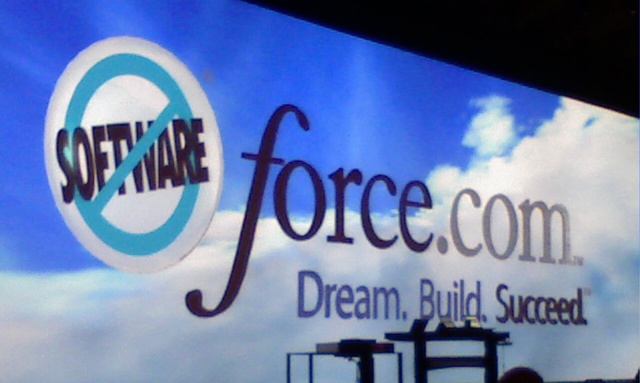Wow. Things have changed. I’ve been working with Indian Outsourcers now for over 13 years dating back to those early projects at IBM. In the last two years, I’ve seen costs drastically increase and the availability of skills dramatically diminish. This is now clearly a trend from my chair and worth some serious examination in this blog. Too much to cover in just one post, this needs a bit deeper treatment.
In our world, software outsourcing has become an integral part of the IT industry. It has lived, grown and matured to its full potential. Companies that wish to cut costs look upon software outsourcing as a boon. One of the most important factors that attract Fortune 500 companies to outsourcing is the element of savings attached to an outsourced project. Outsourcers claim an average reported 40-60% increase in net savings.
Among the destinations chosen for software outsourcing, India stands as the most preferred, apart from China. Ireland, Romania ad Philippines also come into play. Clearly, the British colonization of India in the 17th and 18th century set off a cascade of domino that created the current IT outsourcing bonanza in this country. By introducing the English language and a western style legal system, the building blocks were laid to make the current attractive environment possible.
There are a number of major benefits of software outsourcing in India, including cost efficiency, availability of skilled workers, adoption of quality practices, and ease of doing business through the aforementioned common language and legal practices (mostly).
The winds of change are now blowing however. The first two of these advantages of oursourcing are fast disappearing. We’ll examine these in greater depth here in subsequent posts, but I’ve seen over the last year, a rapid deterioration of the cost advantage and skill availability in India. In addition to the supply / demand economics driving up costs, the rapid swings in the exchange rate are taking their toll.
For example, during two months last year, the value of the Rupee increased an astounding 8.5% in just 40 working days against the US Dollar. Attribute this to economic growth of an incredible 8 to 9%, a rate only exceeded by China.
This incredible economic success has had the result of making some Indian entrepreneurs incredibly wealthy, and deservedly so. But it has also had the effect of dramatically increasing costs and increased competition for skilled and experienced software developers. I’ve seen rates for well-qualified candidates now approach within 20% of a US hire. The days of the 3 for 1 cost advantage are no longer. We’ll dive into more detail in upcoming posts.



